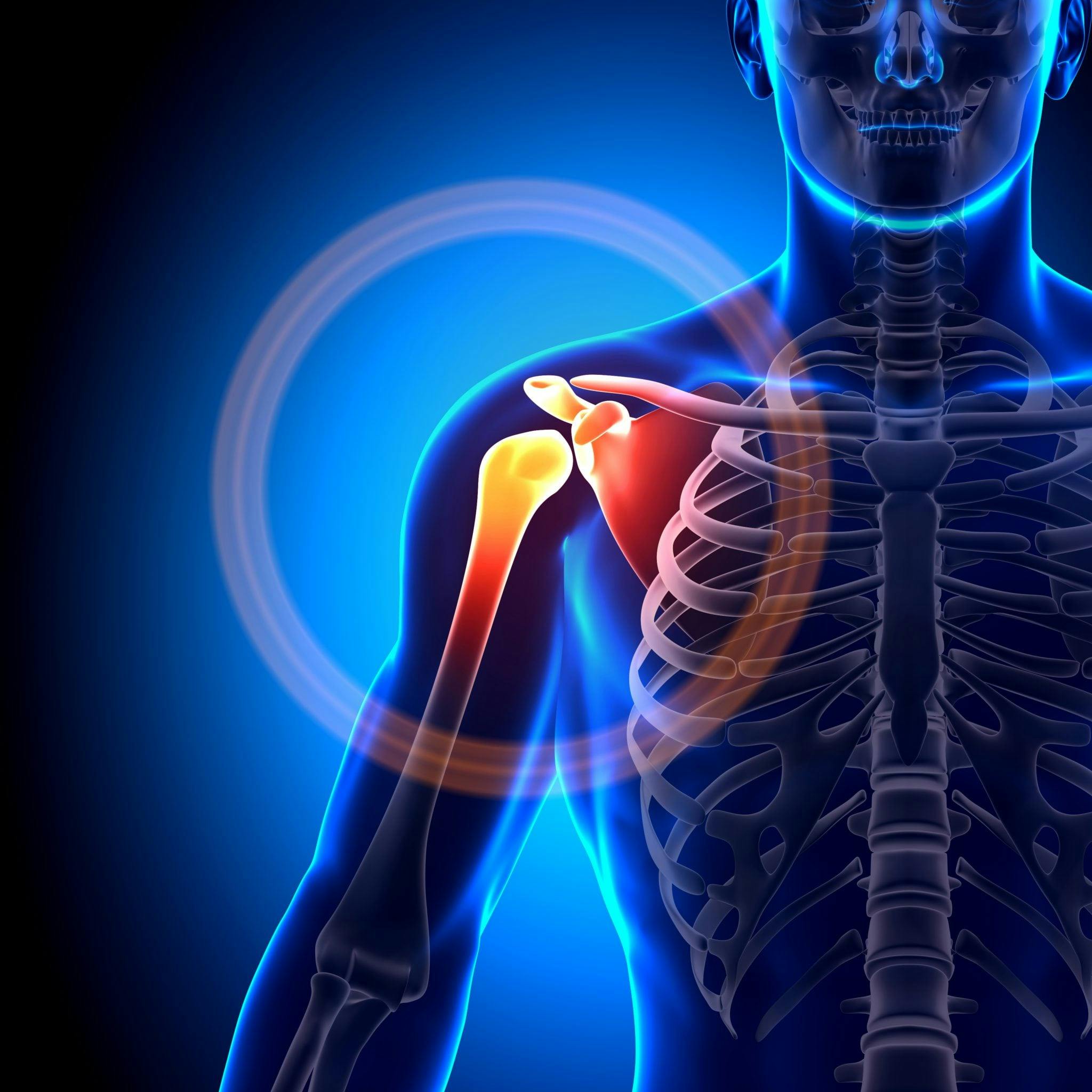A joint is the meeting point of two or more bones in the body. If the ends of these bones are forced from their normal position in the joint, dislocation can occur. Dislocations are painful and will temporarily deform and immobilize the affected joint.
Most common in the shoulders and fingers, dislocations can also occur in elbows, knees and hips. When treated properly, dislocations usually return to their normal function. However, certain joints carry an increased risk of repeat dislocation, including the shoulder.
Symptoms and Complications
Symptoms of a dislocated joint may include:
- A joint that is visibly deformed or out of place
- A swollen or discolored joint
- A joint with intense pain
- A joint that cannot be moved
In some cases, a dislocation is tough to tell apart from a broken bone. In either situation, seeking immediate medical attention is recommended.
Complications of a joint dislocation may include:
- Tears in muscles, ligaments or tendons that reinforce the joint, possibly requiring surgery
- Nerve or blood vessel damage in or around the affected joint
- Higher chance of reinjury after severe or repeated dislocations
- Development of arthritis in the affected joint with age
Causes and Risk Factors
Dislocations regularly occur in people who play contact sports or in sports where falls are common. Certain sports like basketball and football see finger dislocations due to accidental striking of the ball, the ground or another player. Hard blows or angles during falls are also common causes of dislocations.
A few factors may increase your risk of experiencing a dislocation:
- Fall risk: Falling increases your chances of a dislocated joint if you use your arms to brace for impact or land on a body part like the hip or shoulder.
- Genetics: Some people are simply born with ligaments that aren’t as tight and may have a higher chance of dislocation than others.
- Sports: Many dislocations take place during high-impact or contact sports like gymnastics wrestling, basketball or football.
- Accidents: Vehicle accidents are the most common cause of hip dislocations, particularly for people not wearing a seat belt.
Diagnosis and Treatment
In addition to a physical examination, your doctor may order an X-ray or an MRI to help confirm a dislocation or other damage that may have occurred. Treatment depends on the area that was dislocated and the severity; it may involve:
- Reduction: Your doctor may perform gentle maneuvers to try to get your bones back into the proper position. This may require anesthetic, depending on the amount of pain involved.
- Immobilization: After the bones are back in place, your doctor may immobilize the joint for several weeks with a splint or sling. The length of time your joint is immobilized will depend on the joint and the extent of the damage.
- Surgery: If the doctor cannot reposition the bones properly or if there’s been damage to nearby blood vessels, nerves or ligaments, surgery might be necessary. It also might be needed for recurring dislocations, particularly in the shoulder.
- Rehabilitation: After immobilization devices are removed, you’ll begin gradual rehabilitation that will restore your joint’s motion and strength over time.
Prevention
There are a few things you can do to prevent a dislocation:
- Avoiding falls: There are several precautions you can take to limit your chances of a fall. These include having your eyes checked, talking to your doctor about drugs you take that might make you dizzy, ensuring your home is well-lit and removing all tripping hazards from common areas.
- Safe play: Wear recommended protective gear when playing sports.
- Exercise: If you’ve dislocated a particular joint, that joint might be at a higher risk of future dislocations. In this case, your doctor may recommend strength and stability exercises for the joint.
If you have dislocated a joint, seek immediate medical attention. Your doctor can offer recommendations for pain reduction and treatment.
Dr. Carlson tends to be conservative with surgical treatment, and much of his training is in minimally-invasive procedures, such as arthroscopy. He believes everyone deserves a trial of a more conservative treatment before moving to more invasive treatments such as surgery. Dr. Carlson tries to spend time with patients to better understand their goals and work together to come up with a treatment plan based on those goals and their distinct medical history.
Sources:
“Dislocation.” The Mayo Clinic. http://www.mayoclinic.org/diseases-conditions/dislocation/home/ovc-20234507
“Dislocations.” MedlinePlus. https://medlineplus.gov/dislocations.html






